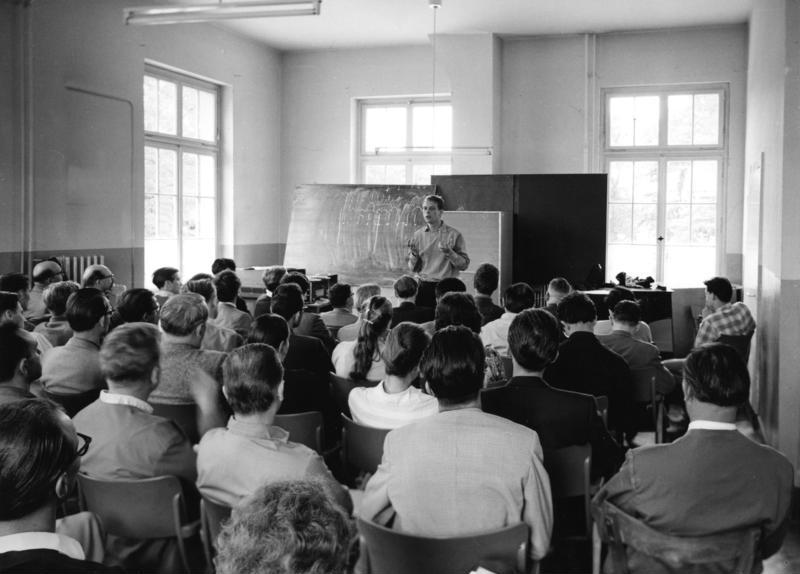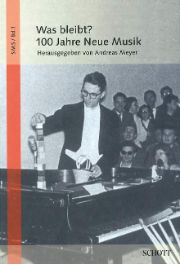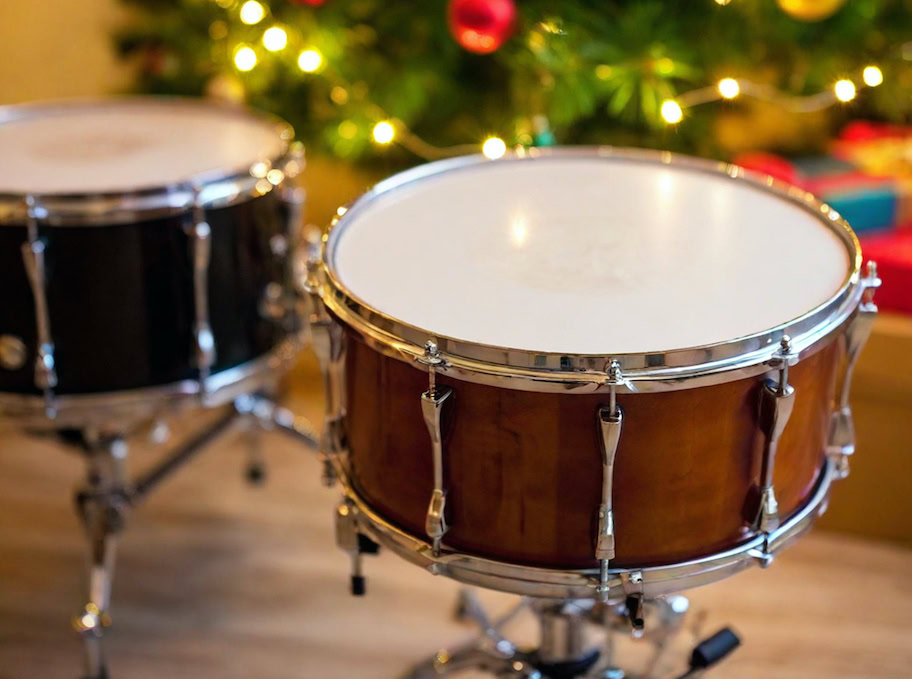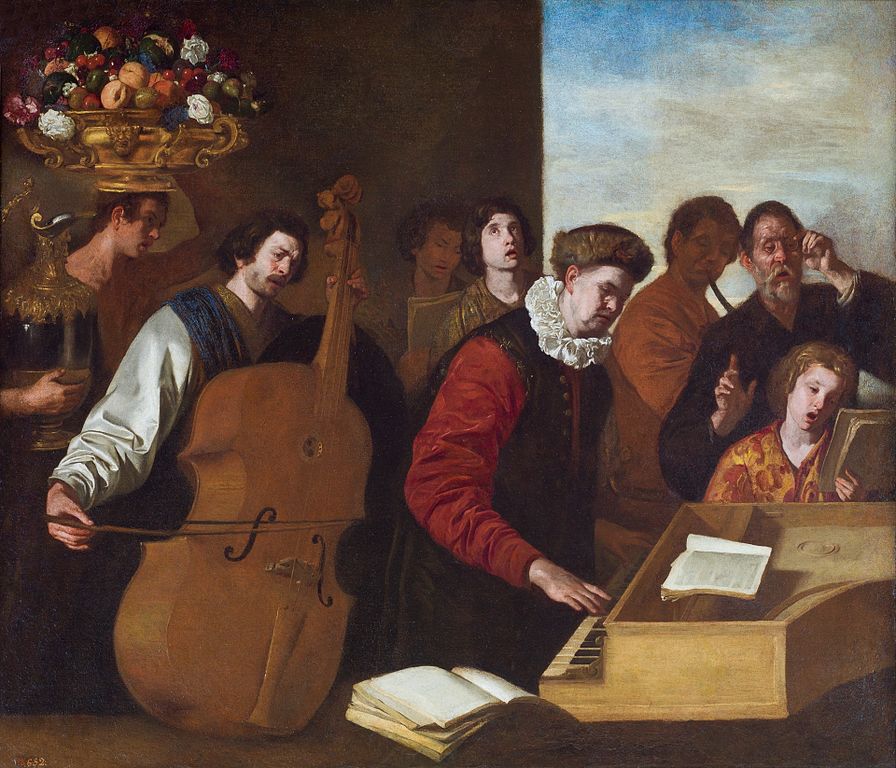Looking beyond the edge of the score
An anthology sheds light on the history of New Music, its research and its role in pedagogy

The origins of so-called "new music" now date back a century. Not only has compositional practice changed enormously since then, but the academic world has also developed new perspectives. Musicology has moved from a goal-oriented development à la Theodor W. Adorno to a pluralistic interpretation of the 20th century that emphasizes the simultaneousness of the non-simultaneous. The editor of the anthology published by Schott, the Stuttgart professor of musicology Andreas Meyer, like Gianmario Borio, describes the survival of popular, primitive styles, while Arnold Schönberg, Karlheinz Stockhausen and Pierre Boulez subtly refine their serial constructions. It is precisely such contrasts that make it so difficult to grasp and define New Music. No one is able to put into a concise formula what it is today. Music education, which Sointu Scharenberg deals with, is faced with particularly difficult tasks. Her essay How does New Music find its way into German music education? offers a historical review and surprises with the conclusion that New Music arrived in music lessons in West Germany in the early 1970s at the latest. One wonders why so many music students (and adults) hardly know more than two composers after 1950.
The title What remains? is not only to be understood with regard to established works of New Music. Rather, the question is also aimed at what musicological findings of the 20th century have remained. There are not many, one gets the impression. Of course - a hermeneutic commonplace - the present always determines the view of history. The academic fixation on sheet music has long blocked musicology with an evil "will to the system". Today, music researchers are more relaxed about looking beyond the score. While Simone Heilgendorff does not shy away from looking directly at the present and asks about the current meaning of the terms avant-garde or progress for today's composers (and receives skeptical answers in the process), Matthias Tischer examines in his essay Music in the era of the Cold War The importance of the occupying powers for the development of music after 1950 is not primarily mentioned, but rather the competition for cultural sovereignty in Germany after the supposed zero hour. As painful as it may sound for the "critical avant-garde", New Music after 1950 was also able to flourish in Germany because it was generously supported by America in the West and Russia in the East. Politics, power and music are more closely linked than some "aesthetes" might believe - this is another thing you take away from this entertaining and highly readable anthology.
What remains? 100 Years of New Music, Stuttgarter Musikwissenschaftliche Schriften Vol. 1, edited by Andreas Meyer, 221 p., paperback, € 29.95, Schott, Mainz 2011, ISBN 978-3-7957-0754-5









